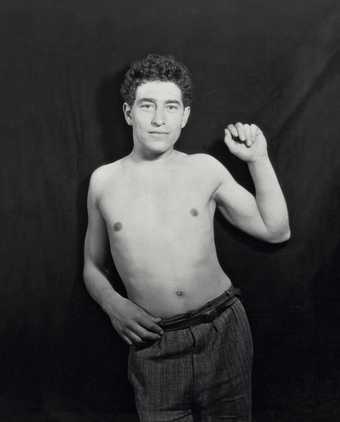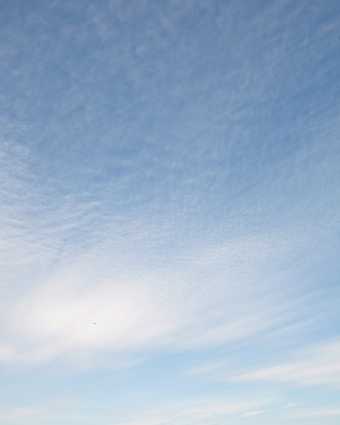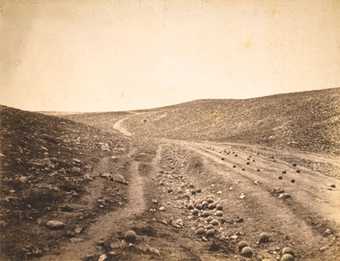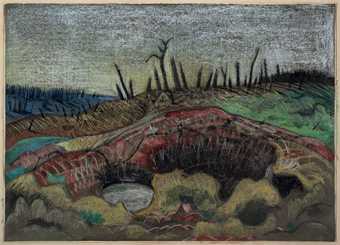
Seifollah Samadian's photobook A Visual Narrative of Revolution, published in 1979
Courtesy Seifollah Samadian
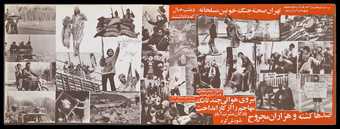
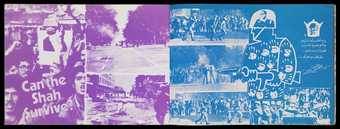
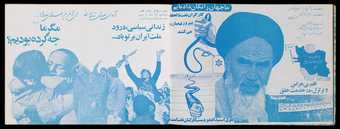
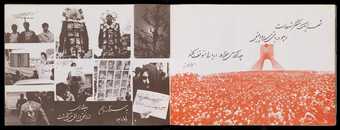
Courtesy Seifollah Samadian
In the late 1970s a series of increasingly violent demonstrations and protests were staged against Mohammad Reza Shah Pahlavi, the last king of Iran. Born out of discontent with the shah’s social and economic policies and his links to the West, the unrest culminated in the revolution of 1979, the establishment of the Islamic Republic of Iran under the authority of Shia cleric Ayatollah Khomeini and the outbreak of the Iran-Iraq War.
The revolution and war became one of the most documented periods of political turmoil of the late 20th century, recorded by journalists, filmmakers, graphic artists, painters and television stations. Iranian photographers, including renowned figures such as Bahman Jalali and Kaveh Golestan, played an active role, determined to portray their own version of events.
Photobooks, like productions in all media in Iran at the time, were diverse in style, tone and intent. Inexpensive to print and assemble, and easy to circulate, they provided an instrument of protest. With its refined ‘militant’ aesthetic, the layout of 1979’s Days of Blood, Days of Fire by Jalali and Rana Javadi underlines visual connections between slogans, protest songs and posters from the riots, as well as symbols of the revolution such as imprints of a bloody hand. But they were also used as a vehicle for propaganda.
From the revolution to the war, photography went from being a record of street politics to a battlefield of conflicting narratives relating to national history. During the peak of the conflict the state began to create its own publications, challenging and at times censoring the messages of many independent photobooks.
The Islamic Republic’s communications network played a major role in recording and archiving that immense visual heritage. Imposed War is a series of photobooks in 12 volumes and is an excellent example of a highly bureaucratic (and surprisingly strong) organisation of photographic practices and war archives by the state itself.
Progressively, the official narrative’s predominance slowed down the more experimental approaches such as those of Jalali, who printed his 1982 Khorramshahr photobook in a very large format so that the reader could tear out the pages and use them as posters.
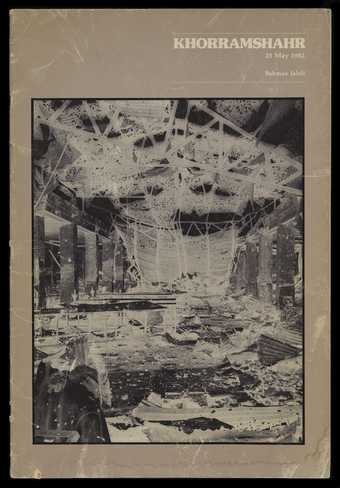
Bahman Jalali's photobook Khorramshahr, published in 1982
Courtesy Bahman Jalali
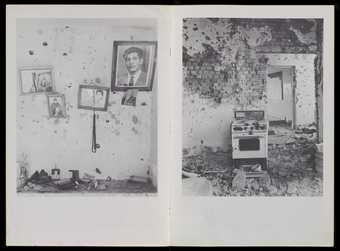
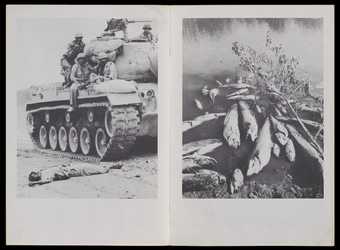
Courtesy Bahman Jalali
Morad Montazami is Tate's Adjunct Research Curator for the Middle East and North Africa.

